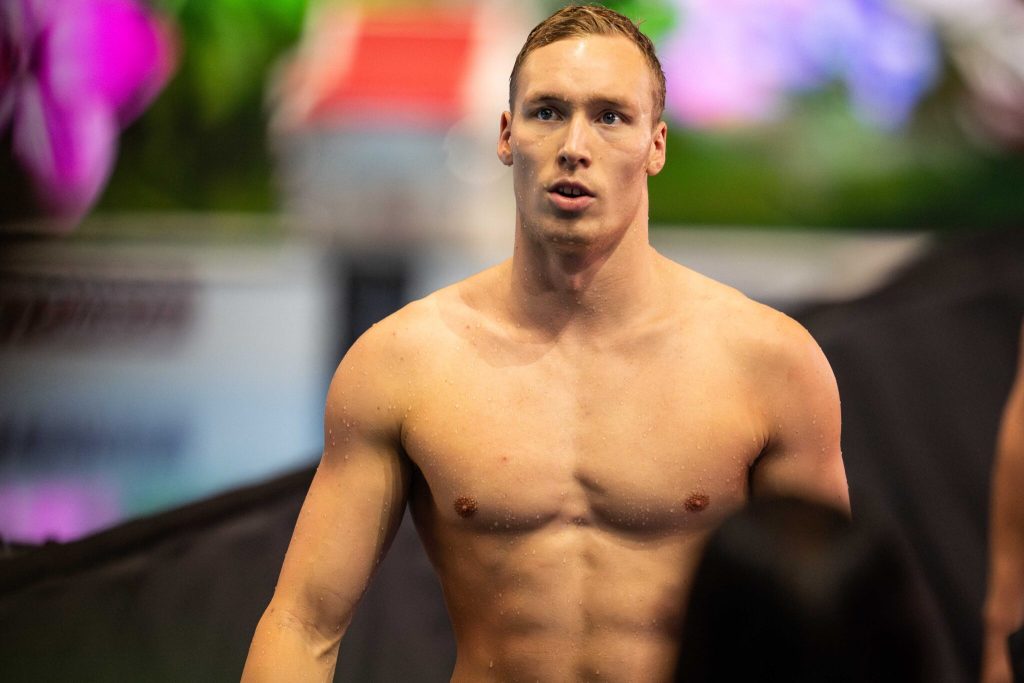Andrei Minakov on Balancing Olympic Training and Stanford Life: “Education Comes First”

Russian swimmer Andrei Minakov recently opened up about his experiences as a student-athlete at Stanford University in an interview with forbes.ru. Minakov shared insights into his approach to academics and athletics, emphasizing that his goals at Stanford were primarily academic, even as he trained for the Tokyo Olympics with the Russian national team.
Choosing the U.S. for College Swimming
When deciding where to attend college, Minakov wanted to combine elite swimming with a top-tier education—something he felt was not feasible in Russia due to limited student-athlete infrastructure. Despite winning silver in the men’s 100 butterfly at the 2019 World Championships, he saw his swimming success mainly as a means to secure a spot at Stanford.
Minakov didn’t get accepted on his first try. Unsatisfied with his test scores, he withdrew his initial application. Supported by Stanford’s coaching staff, he reapplied and was accepted the following year.
How He Landed at Stanford
Unlike many athletes who are recruited directly by schools, Minakov took a more proactive approach. He spent summers competing with California’s Terrapins Swim Team and provided his club coach with a list of universities he was interested in, including Stanford. His coach sent recommendation letters on his behalf, which helped open doors.
A Challenging First Year
Minakov started at Stanford in 2020, a time complicated by the COVID-19 pandemic. He opted out of the 2020-2021 NCAA season, studying remotely in Russia while preparing for the Olympics. He described juggling college-level courses and elite-level training as “one of the most difficult moments” of his career.
Fraternities and College Culture
Asked about fraternities, Minakov noted that Stanford’s coaches forbid participation, as fraternity values don’t always align with elite athletic goals. Still, he found the college party scene a culture shock, describing it as “young and crazy, in a good way.”
Academics and Athletic Scholarships
Minakov stressed that Stanford athletes study hard and that scholarships don’t provide “academic freebies.” Swimmers must complete 12 units per quarter or risk suspension. He praised the system, noting that Stanford’s swimming team maintains an average GPA of 3.85—the second-highest in the nation.
Student Life and Training
Life as a Stanford swimmer required long days and early mornings. “Sometimes I went to bed at one o’clock in the morning, and at six in the morning I jumped into the water,” Minakov recalled. He described his lifestyle as “modest” compared to what some might expect from an international athlete.
No Regrets
Despite the heavy demands, Minakov has no regrets. “Maybe I could make more progress in terms of sports, but education at Stanford is more than sports,” he said.
Career Highlights
Minakov has excelled both in college and internationally. His achievements include a silver medal in the men’s 100 butterfly at the 2019 World Championships, the fastest 100 freestyle of 2020 (47.57), and an NCAA Championship title in the 100 fly in 2022 (43.73).

